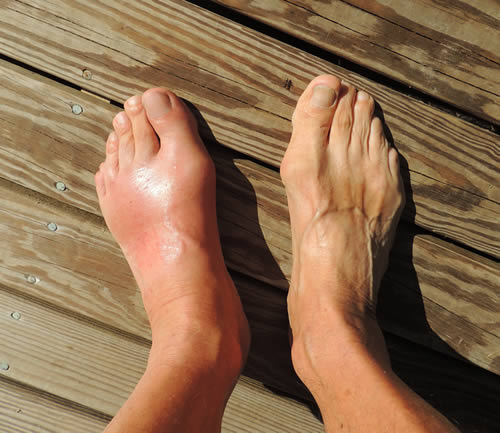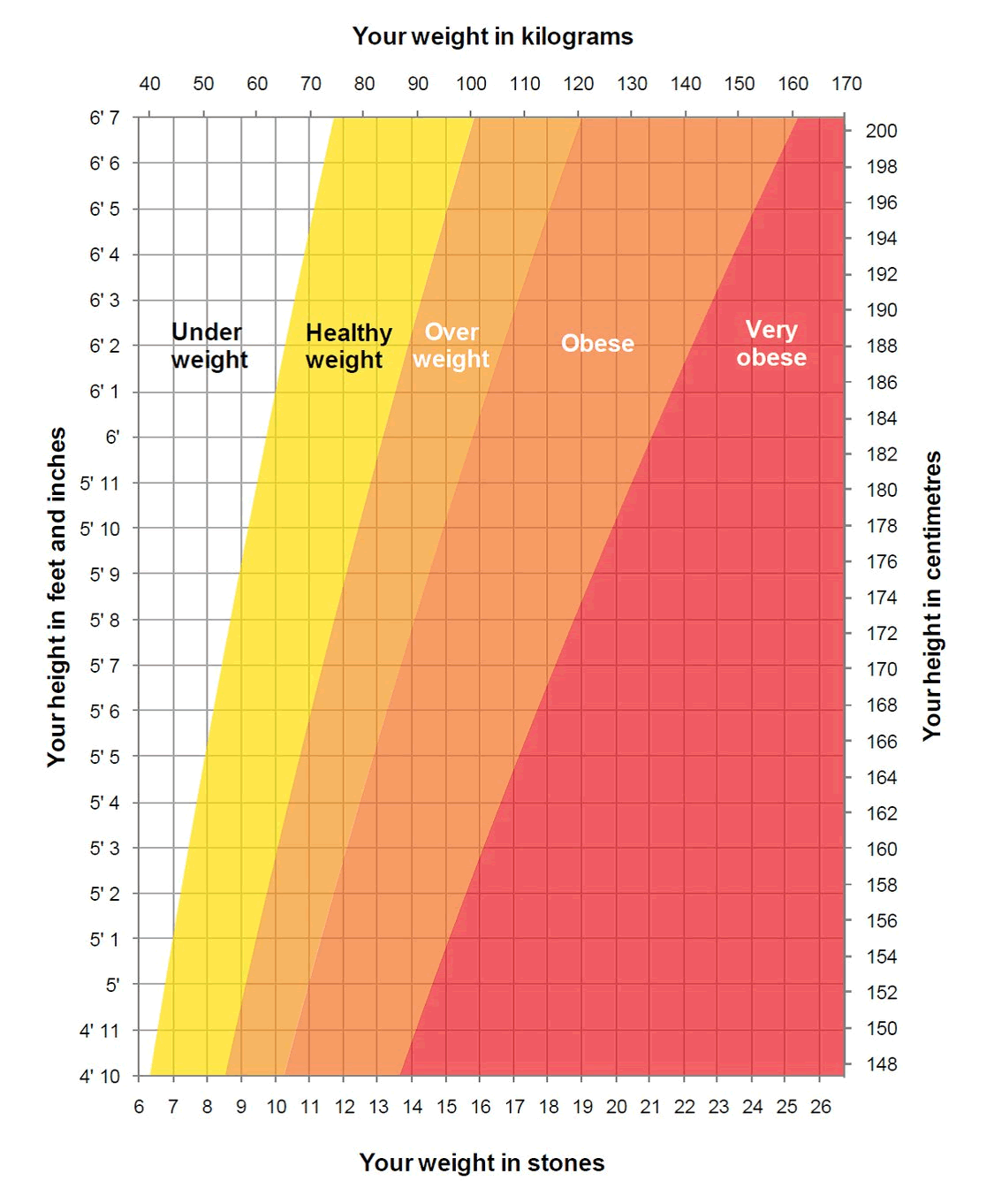These are the key things to eat and do:-
Most people associate consuming calcium with bone health. But our bones are complex living things that require several micro-nutrients to stay in top form, calcium is just part of the solution.
- Avoid low-calorie diets.
- Avoid processed foods and added sugar.
- Do strength based HIIT exercises each day.
- Eat clean anti-inflammatory foods.
- Lift weights.
- Don't sit - don't be sedentary - don't slouch.
- Fasting promotes autophagy and is anti-inflammatory
- Weight loss.
- Avoid statin drugs - they will ruin your joints.
- Reduce the risks of falls, strains and injuries.
- Improve your gut health.
- Don't ignore gout.
- Calcium
- Vitamin D.
- Magnesium.
- Vitamin K2.
- Boron.
- Vitamin C.
- Omega-3.
- Astaxanthin.
- Natural eggshell membrane (NAM).
- Turmeric.
- Collagen and amino acids.
The conventional medical approach to bone and joint health has failed. It largely ignores the underlying causes of the disease, and it's dietary origins. Doctors will only treat your symptoms with dangerous drugs and offer surgery. Arthritis is big business for the pharmaceutical companies, with $30 billion in annual sales.
Your bones are constantly regenerating
Bones are not solid. The outside cortical bone is solid bone with only a few small canals. The inside of the bone is a honey-comb structure. The spaces between the bone are filled with fluid bone marrow cells, which make blood and some fat cells. Bone is remodelled by 3 cell types: osteoblasts, osteocytes, and osteoclasts.
- Osteoblasts are the cells that produce the bone matrix and are responsible for its mineralisation. Osteoblasts also have endocrine activity because they secrete a vitamin K2 dependent protein called osteocalcin, which regulates fat and energy metabolism. Osteoblasts also control the activity of osteoclasts. Osteoblasts prompt the formation of new bone by secreting the collagen-containing component of bone that is subsequently mineralised
- Osteoclasts are a type of bone cell that breaks down bone tissue. This function is critical in the maintenance, repair, and remodelling of bones. This process also helps regulate the level of blood calcium.
- Osteocytes are osteoblasts that have been incorporated into bone matrix. Osteocytes comprise 95% of the living cells in adult bone. They are the longest living of all bone cells. Each osteocyte is physically isolated within the bone matrix, but it communicates with nearby cells and distant tissues.
If someone visits a doctor and finds out they have low bone density, they may very well be given drugs to inhibit the osteoclasts. Bone density may level out or increase, but this goes against nature as old bone is not being consumed.
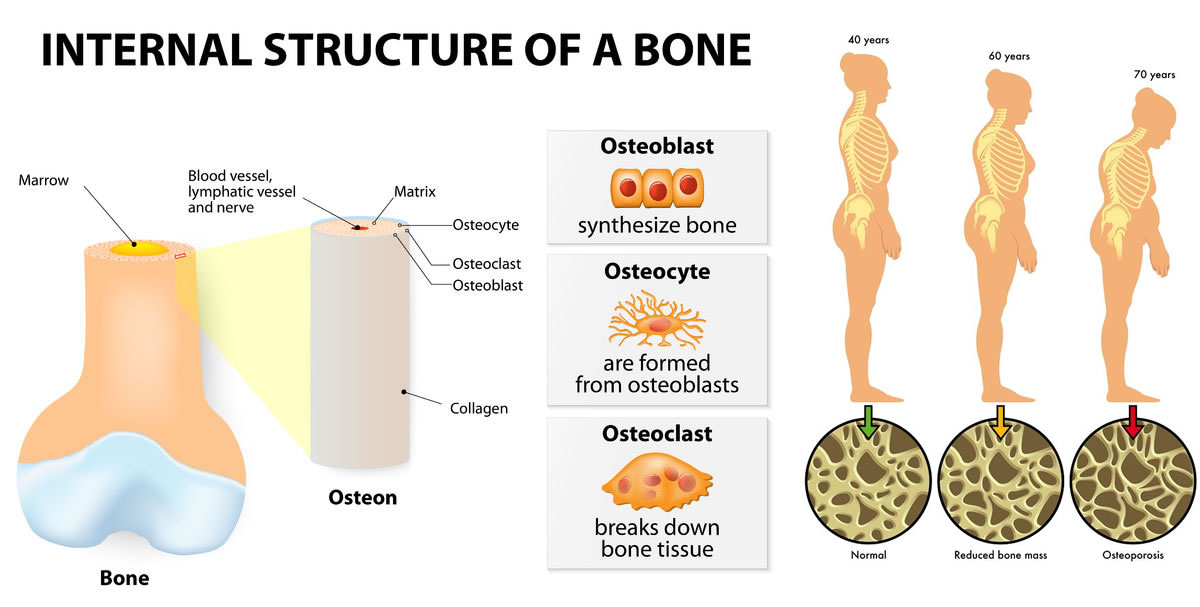
Our joints are incredibly engineered
Just like bones, our joints can rejuvinate by eating a healthy diet full of the correct micro-nutrients. Vitamin D is essential for joint health as it helps your body absorb calcium from the foods you eat. Most of our joints are synovial joints and contain synovial fluid as lubrication. Muscles and ligaments provide movement and stability. You have many joints from your neck to your toes and arthritis and joint pain can strike any of them. If you suffer from joint pain, gout or arthritis, you quality of life is seriously compromised. One in four people suffer from joint problems.
- You don't need to suffer from joint issues if you have the correct diet.
- Conventional medicine treats the symptoms and not the cause. The drugs have side effects worse than the conditions they are trying to help.
- Surgery is not the only solution.
- Degeneration of the joint cartilage is a major cause of joint pain.
In many cases, a regular supply of collagen can help to rejuvenate the joint cartilage and can make movement smoother and less uncomfortable. Collagen makes up approximately 70 per cent of the body’s cartilage dry mass and it is a neglected element of the typical western diet.

Weight loss is critical to joint health. If you are obese and carrying many kilos of excess weight, you will be putting constant pressure across all your joints. If you are obese you probably have a bad diet full of inflammatory foods and sugar. You could be a big guy carrying 20 extra kilos. Try picking up a 44lb (20kg) plate in the gym and walk around with it, then imagine if you lost that much weight.
Vitamin K2 seems to define where calcium should and shouldn’t go in the body. You need calcium to go to your bones and teeth and not to calcify the arteries (arterial plaque). In nature, vitamin K is found in two forms: vitamin K1 (phylloquinone) in leafy, green vegetables, and vitamin K2 (menaquinone) in organ meats, egg yolks, dairy products and fermented foods. Vitamin K1 is required by the human liver to manufacture blood-clotting proteins. All animals and humans convert vitamin K1 into vitamin K2 MK-4 using gut bacteria, so it is incredibly important to have a healthy gut.
Osteocalcin is a protein hormone found in bone and teeth. Its synthesis is vitamin K2 dependent. Osteocalcin is released by osteoblasts (cells that make bone) and binds with the bone matrix. Studies conclude that a lack of vitamin K2 leads to age-related bone loss. Osteocalcin was the first protein to be identified as bone specific. Osteocalcin also acts like a hormone on many tissues to improve insulin sensitivity and blood glucose.
Weak bones and arterial plaque (arterial plaque is 20% calcium) are a common symptom of vitamin K2 deficiency. If you compare the hip and bone fracture rates of African-American women with Nigerian/Ghanaian women (genetically exact), you find that US rates are 80 times higher. They also had much worse teeth. The African women are eating grass fed animals and milk products, containing high levels of K2.
There is strong evidence that vitamin K2 deficiency is associated with osteoporosis, and some evidence that increasing K2 intake (from supplements and/or diet) can strengthen bones. Vitamin K2 promotes moving excessive calcium out of the bloodstream and into the bones. The conventional wisdom regarding osteoporosis (consume more calcium) is now being superseded by raising vitamin D levels, which increases calcium absorption up to fourfold, making the diet more alkaline so that less calcium is leeched from the bones to balance blood pH.
Foods rich in Vitamin K2
Women should consume 90 micrograms (mcg) a day, and men should have 120 mcg.
- Nattō (fermented soy MK7). This is the highest dietary source of vitamin K2 with a huge 850 micrograms per 100 gram serving (1000%+ of your RDA). It is widely eaten in Japan which has the highest longevity rate in the world. There is an exact Thai equivalent of Natto, it’s called Thua nao. Available all over northern Thailand.
- Foie gras has a high concentration of vitamin K2.
- Hard cheese. French and Dutch cheeses especially. Gouda has the highest content of vitamin K2 than any other cheese with approximately 20 mcg per ounce. Brie, Jarlsberg’s and Edam are also good sources. Other aged, hard cheeses have some vitamin K2 as well. Switzerland, with its high grass fed dairy and vitamin k2 cheese consumption, has the 2nd highest longevity rate in the world.
- Soft cheese.
- Grass fed butter.
- Grass-fed ghee.
- Chicken liver & breast (free range birds).
- Salami.
- Ground beef (grass fed meat)
- Grass fed eggs, especially the yolk.
- Fermented foods.
- Goose liver pate (Geese eat grass).
- Duck and goose fat. There’s a huge jump in vitamin K2 values in pastured duck fat. Duck fat has 3 times more vitamin K2 than ghee or egg yolks, 7 times more vitamin K2 than butter or cream, and 13 times more than cheese or chicken liver.
Vitamin K2: The relationship with vitamins A and D and Magnesium
Vitamin K2, as with other vitamins and minerals, is best consumed as part of a nutrient-dense diet. Vitamin K1 and K2 are fat soluble, so they must be eaten with fat for best absorption. Vitamins A and D are both activated by vitamin K2, allowing them to bind calcium to do their jobs. A scientist (Weston A. Price) in the 1940’s was the first to discover the synergy between K, A and D vitamins, although at the time he referred to vitamin K2 as “Activator X,” since its true identity was unknown until 2007. He used a combination of cod liver oil, rich in vitamins A and D, and butter oil, rich in vitamin K2, to treat a variety of modern diseases. Magnesium intake is also important. Vitamins A and D induce gene expression, which is dependent on magnesium. Many people are deficient in magnesium due to a diet of processed foods.
Vitamin D and bone health
Vitamin D is a fat-soluble wonder compound responsible for increasing intestinal absorption of calcium, magnesium, phosphate and multiple other biological processes. It is present in few foods and available as a dietary supplement. Your body gets vitamin D from the sun. UVB rays from sunlight strike the skin and trigger vitamin D synthesis. There are five forms of the vitamin, but D2 and D3 are most important in the human body. Vitamin D is important for the absorption of calcium from the stomach and for the functioning of calcium in the body.
Vitamin D promotes calcium absorption in the gut and maintains adequate serum calcium and phosphate concentrations to enable normal mineralisation of bone and to prevent cramps and spasms. It is also needed for bone growth and bone remodeling by osteoblasts and osteoclasts. Without sufficient vitamin D, bones can become thin, brittle, or misshapen. Vitamin D sufficiency prevents rickets in children and osteomalacia in adults. Together with calcium, vitamin D also helps protect older adults from osteoporosis.

In 2011, The Endocrine Society issued clinical practice guidelines for vitamin D, stating that the desirable serum concentration of 25(OH)D is above 75 nmol/L (30 ng/ml) to maximize the effect on calcium, bone, and muscle metabolism. In order to get this level, at least 1,500-2,000 IU/day of supplemental vitamin D might be required in adults, and at least 1,000 IU/day in children and adolescents. The current RDA is 800IU.
Vitamin D from foods:
- Salmon: Farmed salmon has approximately 25% of the vitamin D content as wild salmon has. Wild salmon has 500-1400IU/100g.
- Cod liver oil: 1tsp 440IU. Beware blended inferior versions. Many also have excessive amounts of vitamin A in comparison to D, it has to be pure.
- Sardines: 330IU.
- Tuna: 1 tin gives 100-400IU.
- Mackerel: 80IU.
- Fortified yogurts, milk and cereals are available but such processed foods should be avoided.
- Eggs: one free range egg has around 40-100IU. Eggs from free-range hens contain more more vitamin D than typical supermarket eggs.
Supplemental vitamin D
Vitamin D3 supplements are produced as pharmaceutical drugs. They are produced by the ultraviolet exposure of a cholesterol extracted from sheep’s wool after shearing! The cholesterol undergoes processing to make the same compound that is produced in the skin of the animal. The raw drug has a potency of 25,000,000 IU/gram, so it’s diluted into soft gels or drops.
Calcium and bone health
Your body needs calcium to build and maintain strong bones. Your heart, muscles and nerves also need calcium to function properly. It's the most abundant mineral in the body. Calcium is found in many foods and is widely available as a dietary supplement. Less than 1% of total body calcium is needed to support critical metabolic functions and this calcium is very tightly regulated and does not fluctuate with changes in dietary intake. The body uses bone tissue as a reservoir for a constant concentration of calcium. The remaining 99% of the body’s calcium supply is stored in the bones and teeth. Bone is constantly consumed and made. Each day, we lose calcium through our skin, nails, hair, sweat and excretion. So every day we must replenish our body’s supply. Even if you consume plenty of dairy of dairy products, you may not be absorbing enough calcium due to low levels of Vitamin D and magnesium. Milk, yogurt, and cheese are rich natural sources of calcium and are the major food contributors. Non-dairy sources include vegetables, such as Chinese cabbage, kale, and broccoli. Spinach provides calcium, but its bioavailability is poor (For example, phytic acid and oxalic acid in plants form complexes with calcium and impede its absorption).
- Whey Protein (100 grams): 600mg (65% of RDA)
- Sardines (1 can): 350mg (35% of RDA)
- Cow and goat milk (1 cup): 330mg (33% of RDA)
- Yogurt (1 cup): 200mg (20% RDA)
- Eggshell Powder Is an Effective Calcium Supplement. Eggshells consist of calcium carbonate, along with protein and other organic compounds.
The RDA for calcium is around 1000mg (1g) per day. This is pretty easy to obtain from food (a yogurt and a pint of milk, or 100g of cheese). Excess calcium simply passes through the body in urine and stools.
Magnesium and bone health
There are at least 350 enzyme systems in your body that require magnesium for proper function. Perhaps even more importantly, the quartet of calcium, vitamin D, K2, and magnesium all work together synergistically. An adult body contains approximately 25g magnesium, with 50% to 60% present in the bones and most of the rest in soft tissues . Magnesium level is largely controlled by the kidneys, which typically excretes about 120 mg magnesium into the urine each day. Athletes, people who train hard and people in hard manual jobs will need much more magnesium due to perspiration and increased water intake.
Studies have found that magnesium in the aspartate, citrate, lactate, and chloride forms is absorbed more completely and is more bioavailable than magnesium oxide and magnesium sulphate. Multivitamins probably won't have enough (Centrum only has 80mg as Magnesium oxide, which is the cheapest and least bioavailabile). Magnesium absorption is impeded with the use of supplemental iron. If you take calcium supplements, your need for magnesium increases, and in fact calcium will not be properly absorbed or metabolised if adequate magnesium is missing, and will mostly end up dangerously deposited in soft tissues. Magnesium is responsible for converting vitamin D to the active form that allows calcium to be absorbed and also regulates calcium transport to the bones and teeth. Lactose is another inhibitor of magnesium absorption, so don’t take a magnesium supplement with milk.
Magnesium Foods
- Pumpkin seeds – 100g: 262mg (66% RDA)
- Spinach, cooked – 100g: 160mg (40% RDA)
- Cashews – 100g: 256mg (64% RDA)
- Brazil nuts – 2 nuts (10g): 40mg (10% RDA)
- Dark chocolate –100g: 228mg (57% RDA)
- Almonds – 100g: 277mg (69% RDA)
- Black beans – 1/2 cup: 60mg (15 percent RDA)
- Avocado – 1 medium: 58mg (15 percent RDA)
- Yogurt or kefir – 1 cup: 46.5 mg(12 percent RDA)
- Banana – 1 medium: 32mg(8 percent RDA)
- Electrolyte water (100% RDA – more here)
- An epsom salt bath.
Collagen
Collagen is a type of protein found mainly in bones, tendons, ligaments, and other connective tissue. Collagen is the most abundant protein in the body. Collagen has great tensile strength and is the main component of fascia, cartilage, ligaments, tendons, bone and skin. Along with elastin and soft keratin, it is responsible for skin strength and elasticity and its degradation leads to wrinkles that accompany ageing.
Collagen Types 1 and 3 are both essential for functions and maintenance within skin, muscles, and bones. These types are produced by fibroblasts (cells in connective tissues) and osteoblasts (cells that make bones). Over 90 percent of collagen in the body is comprised of Type 1 & 3 Collagen. Proteins in these types include glycine, proline, alanine, and hydroxyproline. Collagen type 2 is produced by the liquid like filling within the cartilage. Research indicates that by the age of 40, the bodies ability to produce collagen decreases by 25%. By age 60 years, it has decreased by over 50%.
Without vitamin C, collagen formation is disrupted. Scurvy is really a process that disrupts the body’s ability to manufacture collagen and connective tissues. Vitamin C deficiency can have a negative effect on collagen levels. We must ensure that out vitamin C levels are always high and have have a generous supply of dietary collagen. Unfortunately, the modern diet of leaner meats (without bones, skin and connective tissues) has reduced our dietary intake of collagen.
Bone broth should be your #1 food choice
Generations ago, families used to cook the bones and carcasses of birds and animals to create bone broth. Cooking styles changed and we moved away from eating meat on the bone and meat with skin. Bone broth is rich in minerals that supports bone and join health. Bone broth contains lots of collagen, glutamine, glycine and proline. Bone broth shortens recovery after exercise and helps with sports-related injury. Celebrites are big fans of bone broth, including Kobe Bryant, Gwyneth Paltrow and Elle MacPherson.
Boron and the borax lie
We used to get plentiful levels of boron from soil and water, however modern soils are hugely depleted. We need a regular supply of boron as it’s half-life is only 1 day. In some parts of the world, people consume 60mg of boron per day from food and water and have little or no osteoperosis or arthritis. Jamaica has no boron in the soil and the incidence of arthritis is over 50%. Boric acid contains boron is 100% absorbed by the gut. In our bodies there is a 1:1 ratio of boron concentration in the blood compared to soft tissue. But the blood to bone concentration is 1:4 meaning that our bones are rich in boron. The salt of boric acid is called borax.
- Boron has a regulatory role in 26 enzymes, including those used in energy metabolism.
- Boron is anti-inflammatory in terms of our joints.
- Boron reduces levels of inflammatory biomarkers, such as high-sensitivity C-reactive protein (hs-CRP) and tumor necrosis factor α (TNF-α).
- Boron decreases the risk of arthritis.
- Boron will decrease the risk of osteoporosis and weak or broken bones.
- Boron will stop you losing height as you age.
- Boron is critical for oral health and teeth loss.
- Osteogenesis (bone making) is improved with higher boron levels.
- Boron supplementation reduced the urinary excretion of calcium and magnesium.
- Boron + magnesium is critical for the prevention of kidney stones.
- Boron supplementation boost testosterone serum concentrations.
- Boron wakes up the brain (take boron in the morning).
- Boron improves the brains electrical activity, cognitive performance, and short-term memory.
- Boron decreases the risk of prostate cancer (higher levels of boron correlate with lower levels of prostate cancer).
In the 1960’s an Australian plant & soil scientist called Rex Newnham developed arthritis. Conventional drugs did not help. He realized that plants in that area were mineral deficient. Knowing that boron aids calcium metabolism in plants he decided to try it. He started taking 30mg of borax a day and in 3 weeks all pain, swelling and stiffness had disappeared.
Eventually he had tablets made with a safe and effective quantity of borax. Within five years and only by word of mouth he sold 10,000 a month. He could no longer cope and asked a drug company to market it. They had representatives on government health committees and in 1981 Australia declared boron and its compounds to be poisons in any concentration. Newnham was fined $1000 for selling a poison. This successfully stopped his arthritis cure from spreading. Borax is now banned in the USA, Australia, China and the EU.
Borax powder contains boron and it’s an amazing element that will prevent and reverse osteoporosis and arthritis. The pharmaceutical industry sells $30 billion worth of toxic arthritis drugs to per year (not including the pain killers that people take for joint pain). Big pharma have vilified borax and have either banned it or labelled it a poison. (it’s banned as a food additive with the exception of caviar!). A years supply of borax, giving a daily 30mg therapeutic dose of boron, costs $0.10 and has ZERO side effects. A years supply of the arthritis drug Plaquenil costs $1300. Enbrel injections would cost $62,000 per year. Here are the LD50 per kilo body weight (lethal dose to kill 50% of rats):
- Borax: 2.66g/Kg
- Baking soda 4.2g/Kg
- Salt: 3g/Kg
- Tylenol: 2.4g/Kg
You would need to spoon 12 teaspoons of borax powder into your mouth to kill yourself. Our advice would be to make up a borax solution and label it for use.
Safe borax dosage
It seems quite incredible that borax is banned in many countries. If a woman of child bearing ago had joint issues and arthritis, surely it would be better to take 30mg of boron a day rather that some toxic pharmaceutical drugs? Pregnant women should not supplement.
- Borax (boron tetraborate decahydrate) is very safe in low quantities.
- A theraputic dose is 30mg per day.
- Boron supplements have a pretty low dose of 3mg.
- Most multi-vitamins do not contain boron.
- Boron rich foods are avocados. Brazil Nuts. prunes. dried apricots r.aisins and honey. But it really depends upon the soil conditions
Making a borax solution.
This is a molecule of borax: Na2[B4O5(OH)4]·8H2O It has a boron content of 11.3% by weight. Taking borax is the easiest way of getting boron because food sources are so variable.
- Put 1 teaspoon (5g) of borax into a litre of water. This will contain 0.56g or 560mg of boron.
- Label the bottle and keep it somewhere safe.
- 1 tablespoon (15ml) of this dilute borax solution will have roughly 8mg of boron. 2-3 tablespoons of the diluted solution is a theraputic dose.
Astaxanthin
Astaxanthin is a carotenoid pigment that gives lobster and shrimp their pink colour. It is a fat-soluble antioxidant with a unique molecular structure. It is similar in structure to beta-carotene, but much more effective at scavenging destructive free radicals. Antioxidant activity of astaxanthin was found to be 10 times higher than that of zeaxanthin, lutein, canthaxanthin, and β-carotene, and 100 times higher compared with vitamin E. Astaxanthin support joint health after exercise and gives quicker recovery times for athletes after intense training.
- The recommended dosage of astaxanthin is 2-4mg.
- 100g of lobster meat would give a whopping 6mg.
- Astaxanthin is also found in krill oil supplements (great for omega-3)
Oxidative molecules or free radicals such as hydroxyls, peroxides, and reactive oxygen species generated during normal metabolism. However, under certain conditions or periods of exposure such as physiological stress, air pollution, smoking or exposure to UV light, the increased production of these free radicals can harm joints. The levels of ontioxidant made in the human body are not sufficient to protect the body against oxidative stress. Additional supplement of vitamin C, vitamin E, beta-carotene and astaxanthin are required.
Astaxanthin is fat soluble, so it crosses protective barriers and embeds itself into and helps protect mitochondrial and cellular membranes. Free radicals can cause tissue and joint damage. Compared to a normal heathy joint, an inflamed joint contains significantly increased levels of harmful free radicals. Astaxanthin has been found to be especially helpful for preventing and slowing down free radical damage to joints.
Boswellia serrata
The resin (Indian frankincense) is extracted from the Indian boswellia serrata tree. It contains boswellic acids which have been shown to promote a healthy inflammatory response in your body. Boswellia serrata helps to control tissue damage from free radicals. It has been used for thousands of years to support joint health and heal conective tissues. It helps with flexibility and improves blood flow.
Boswellia serrata reduces inflammation and treats rheumatoid arthritis and osteoarthritis and symptoms.Boswellia serrata helps to turn off reactions of the immune system that increase inflammation and swelling. Boswellia serrata is a also a natural treatment for cancer and is a pain killer. Boswellia serrata extract is so powerful that it’s equal to NSAID drugs without the side effects.
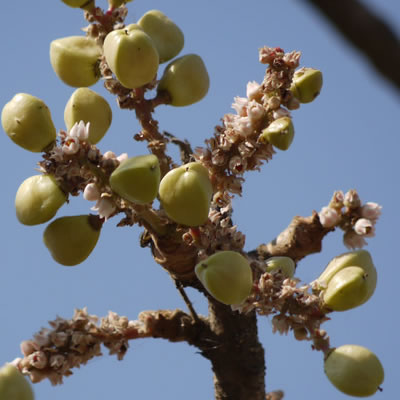
Vitamin C
Vitamin C, also known as ascorbic acid, is a water-soluble vitamin found in a variety of fruits and vegetables. Vitamin C is a powerful micro-nutrient and crucial antioxidant. It reverses skin ageing and reduces cholesterol levels. Studies have found that vitamin C benefits many aspects of health, from the inside out. Your body uses vitamin C to synthesise collagen. Collagen is abundant in the connective tissue of cartilage and bone. It makes up about 30% of our bones, serving as a support structure for mineral deposits and giving bone its resilience.
Vitamin C is also critical in the prevention of gout.

Turmeric
Curcumin is the active ingredient in turmeric. It is effective against acute and chronic pain and is best known for its potent anti-inflammatory action. It inhibits inflammatory enzymes and blocks inflammation pathways. Turmeric contains more than 300 naturally occurring components including beta-carotene, ascorbic acid (vitamin C), calcium, flavonoids, fiber, iron, niacin, potassium, zinc and other nutrients. Turmeric has been used as a powerful anti-inflammatory in Chinese and Indian medicine for millennia.
Cooking with turmeric is better than taking a supplement. Your body can more easily absorb curcumin (the active substance in turmeric) when it’s cooked with fat. Start with 1 teaspoon dried turmeric or ⅛ teaspoon fresh. Another way to increase curcumin absorption is to add 3% black pepper.
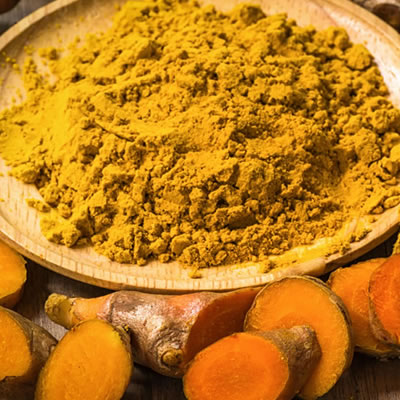
Reduce the risks of falls, strains and injuries
Our bones are strong and our bodies can recover from injuries, but you must realise that falls, strains and injuries can break bones and cause permanent joint problems. The consequences of such injuries get worse with age.
- Wear a seat belt and drive carefully.
- Scooter and motorcycle accidents kill and injure thousands of people.
- Thousands of slips and falls happen in the bathroom or shower. Use mats and floor towels.
- Always take care when working at heights or on ladders.
- Try and maintain good posture throughout the day.
- Remove trip and slip hazards from your home.
- Take breaks from repetitive physical tasks.
- Don't sit for too long. Don't be sedentary.
- Being drunk massively increases the risk of injury.
- Practice yoga and stretching exercises.
- Always wear the correct footwear for support.
- Always warm up before doing exercises.
- Always use perfect form when doing exercises.
- Never do hero lifts in the gym or push yourself too far.
- Steps can have handrails, adequate lighting and contrast between steps.
Exercise
You can also strengthen bones by doing “bone-stressing” exercises like jumping sprinting and lifting heavy. This sends signals to the bones to become more dense. Weight-bearing exercises are best for bone health. The physical impact on bones help them adapt and become stronger.
Weight-bearing activities can be either body weight or lifting weights. You don't need high impact exercises that stress the joints, but a small degree of stress, such as jumping, is good for the bones.
If the muscles around a joint are tight and stiff, they’re more prone to injuries. Never go straight into a heavy workout or training session without warming up. You should warm up BEFORE you do stretches.

Good form is vital when exercising, particularly when lifting weights. Gyms are opening everywhere right now, and you will probably be taught lifts by barely trained staff. Weighted squats, dead lifts, clean and press, military press and bench press are all classic weight lifting exercises that look simple. But they all involve compound body movements where alignment and travel are critically important. Joint damage is inevitable if form isn't correct and you go too heavy.
The scope of this website covers nearly 200 HIIT exercises that can be done anywhere with little or no equipment. We have a great weight lifting section where we list some super resources for weight lifting. Crossfit gyms are very popular but they mix heavy lifting and high repetitions with terrible form. Whilst there are many instructors at crossfit gyms who are superb, the majority are inexperienced having little formal training. Crossfitters are asked to do complex Olympic lifts, such as the clean and jerk, right from the start.
You must be honest about your weight
There are three ways that being overweight or obese raises your risk for developing osteoarthritis and other joint disorders:
- Excess weight puts additional stress on weight-bearing joints, particularly the knees.
- Inflammation is associated with weight gain, which will worsen your issues.
- Being overweight will reduce your mobility and ability to do exercise.
Losing weight will reduce the pressure on your knees and other joints. You can lose weight very quickly and easily with fasting and intermittent fasting.
Hyperuricemia (excess of uric acid in the blood) is the precursor of gout, which is the most common inflammatory arthritis in men. Excess uric acid builds up in the blood and is deposited as crystals rather than being excreted by the kidneys. These crystals typically form in the toe joints and can graduate to other joints.
The literature seems to suggest not eating high purine containing healthy foods (shellfish, oily fish, organ meats) and completely ignores the utter poison that is fructose, added sugar and HFCS. The doctors and "health professionals" conveniently never mention fructose. You could ask 100 gout sufferers and not one would mention fructose. But they would all know about Allopurinol (the drug doctors put you on for life). The causes of gout are not the same as the triggers for gout. Vegetables and fruits also have "high" purines such as raisins, broccoli, brussel sprouts, banana and spinach. Only a fool would exclude these from their diet... forget the purines, ditch the sugar! Read more about gout here.
